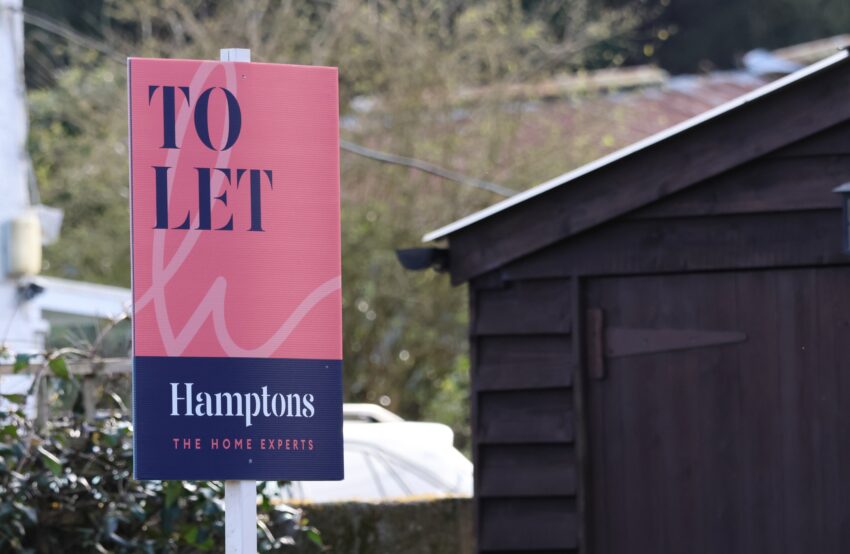Ah, public tenders – the mysterious world where companies large and small compete for lucrative contracts offered by the UK…
Read More

Ah, public tenders – the mysterious world where companies large and small compete for lucrative contracts offered by the UK…
Read More
Marketers often assume that consumers will watch all of their 10 second ad on YouTube or stick around for the…
Read More
Tropic Skincare, the beauty brand founded by The Apprentice finalist Susie Ma, has reported a 28% rise in profits, reaching…
Read More
As many as 4 million homes could be constructed on green belt land under Labour’s proposed planning reforms, according to…
Read More
UK hospitality businesses, including pubs and restaurants, are being warned to ensure compliance with new tipping laws set to take…
Read More
JCB, the renowned Staffordshire-based manufacturer of heavy machinery, has reported a significant surge in profits despite a global slowdown in…
Read More
Businesses backed by BGF, the UK’s most active private equity investor, have issued a stark warning to Chancellor Rachel Reeves,…
Read More
As Rachel Reeves prepares to deliver her first budget on October 30, several key predictions have emerged regarding how she…
Read More
Four out of five family-owned businesses have accused the Labour Party of misleading voters about its tax plans, according to…
Read More
Landlords will be banned from renting out properties that fail to meet minimum energy efficiency standards by 2030, according to…
Read More